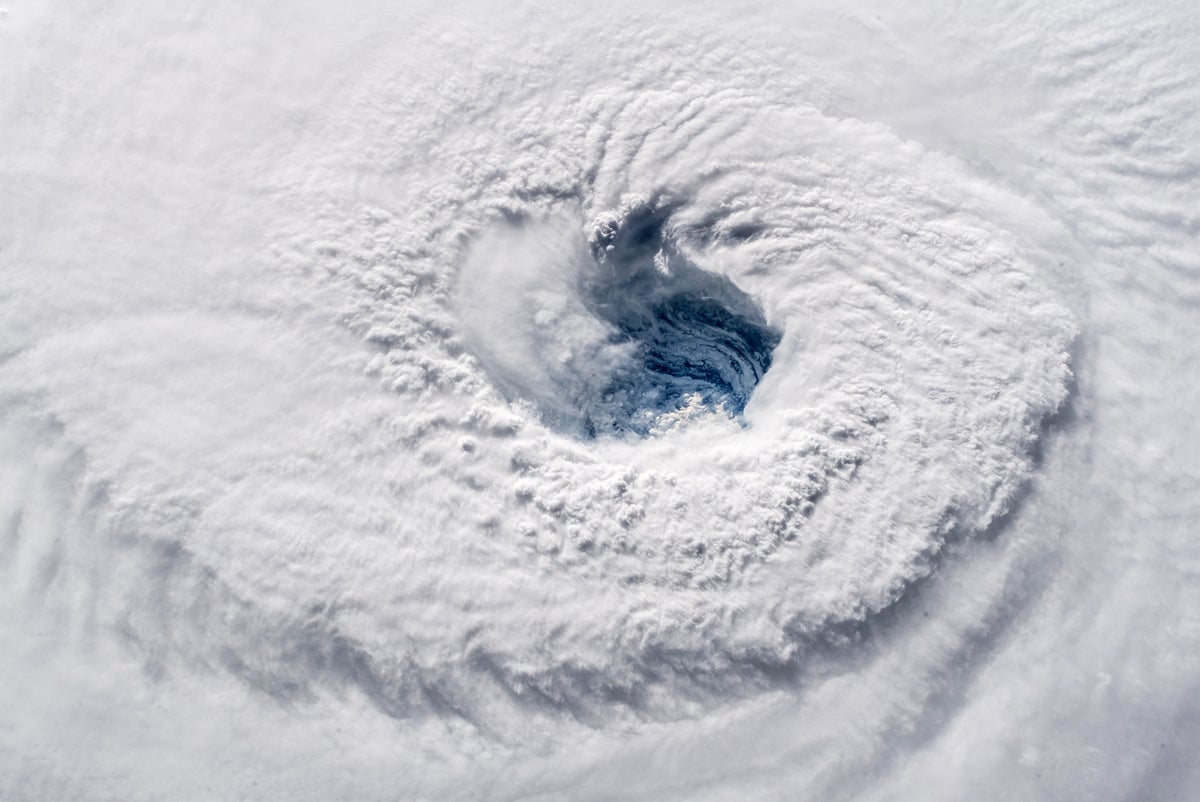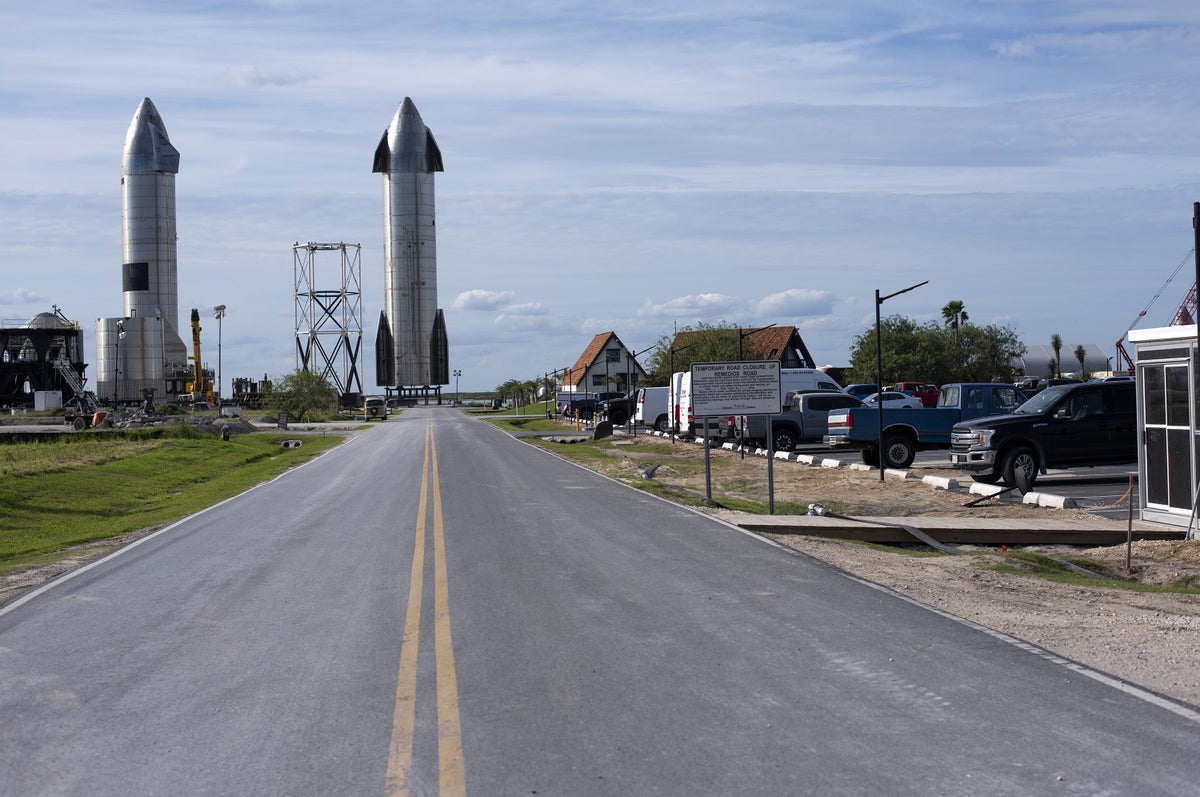Now Reading: Experts Alarmed as Staffing Cuts and Warm Oceans Heighten 2025 Hurricane Season Risks
-
01
Experts Alarmed as Staffing Cuts and Warm Oceans Heighten 2025 Hurricane Season Risks
Experts Alarmed as Staffing Cuts and Warm Oceans Heighten 2025 Hurricane Season Risks

Quick Summary
- June 1 marks the start of the Atlantic hurricane season, predicted to be busier than average with 13-19 named storms, including 6-10 hurricanes and up to 5 major hurricanes (category 3 or higher).
- Hurricane-amiable conditions include warm ocean waters (especially in the Gulf of Mexico), which could lead to rapid intensification of storms before landfall.
- Communities in hurricane-prone areas like florida, Georgia, and the Carolinas are still recovering from notable storms from previous years.
- Federal cuts have impacted agencies like the National Weather Service (NWS) and FEMA, leading to understaffing at crucial regional offices and reduced weather balloon launches that are key for forecasting storm paths.
- Emergency manager training programs were recently canceled, raising concerns about preparedness in high-risk areas.
Indian Opinion Analysis
The predicted above-average hurricane activity highlights critical vulnerabilities stemming from climate-related phenomena such as warm ocean temperatures. For India-prone to its own monsoons and cyclones-the patterns observed here underline shared challenges of disaster management. The implications of reduced staffing at federal agencies offer a cautionary tale; maintaining robust government infrastructure for forecasts and relief operations is essential in mitigating disaster impacts. Ensuring optimal early-warning systems alongside community readiness can reduce fallout during extreme weather events-a lesson highly relevant when viewed through India’s own experiences with coastal cyclones.

























